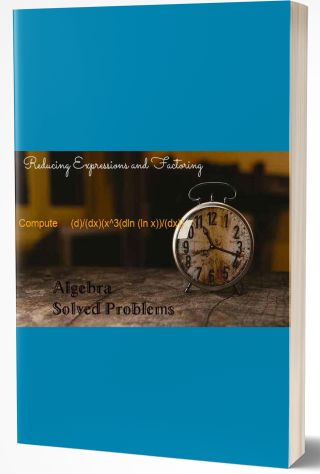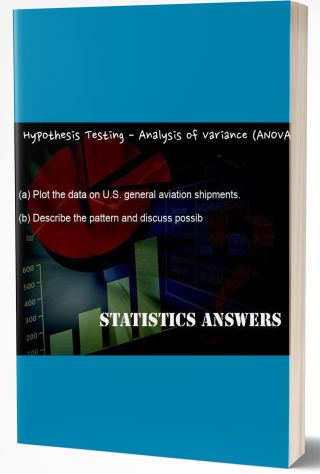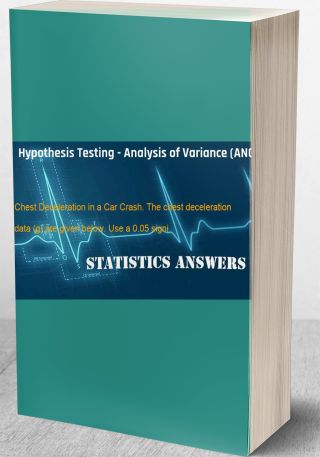Solution) The population of all sixth graders in Austin ISD have a mean score of n=73.2 on an annual math comp
Question: The population of all sixth graders in Austin ISD have a mean score of n=73.2 on an annual math competency test. To test the effectiveness of a new math intervention administered only at Paredes Middle School, the school district evaluator selected a sample of n = 25 students from that school. Assuming that the new math intervention program would have a positive effect on math scores, she found the following sample distribution (20 pts total):
76, 80, 88, 80, 68, 84, 72, 69, 78, 85, 80, 72, 75, 89, 71, 72, 77, 73, 78, 80, 83, 70, 72, 78, 72
a) What are the null and alternative hypotheses for this scenario? Is it a one-tail or two-tail hypothesis situation? (2 pts.)
b) By hand, calculate the mean, SS, variance, standard deviation, and estimated standard error for this sample distribution. Please show all of your work. (5 pts)
c) If \(\alpha \) =.05 (one-tail), do we reject or retain the null hypothesis? (4 pts)
d) If \(\alpha \) =.01 (one-tail), do we reject or retain the null hypothesis? (4 pt)
e) Given your responses in parts (c.) and (d.), draw an appropriate conclusion. What do your findings suggest about the implications of this new math intervention at Paredes Middle Schools? As the school district evaluator, would you recommend to the superintendent to implement this program throughout the district based on the evidence you've found? Give you r response in no more than five sentences. (5 pts)
Deliverables: Word Document




![[Solved] The mean height for a sample of n=81 women is 64.2 inches with a sample standard deviation of 2.7 in #21524 Hypothesis Testing - T test](/images/downloads-images/featured/Statistics-question-29090.jpg)


